Regulatory Compliance
The Logistics Insurance Market is significantly influenced by evolving regulatory frameworks. Governments worldwide are implementing stricter regulations concerning transportation safety, environmental standards, and liability coverage. Compliance with these regulations is essential for logistics companies to operate legally and avoid penalties. In 2025, it is anticipated that the logistics sector will face increased scrutiny, prompting companies to enhance their insurance coverage to meet compliance requirements. This trend is likely to drive the demand for specialized logistics insurance products, as businesses seek to align their operations with regulatory expectations.
Rising E-commerce Demand
The Logistics Insurance Market is experiencing a notable surge due to the increasing demand for e-commerce services. As online shopping continues to expand, logistics providers are tasked with managing higher volumes of shipments. This growth necessitates robust insurance solutions to mitigate risks associated with transportation and delivery. In 2025, the e-commerce sector is projected to account for a substantial portion of logistics activities, leading to an estimated increase in logistics insurance premiums by 10 to 15%. Consequently, logistics companies are compelled to invest in comprehensive insurance policies to protect their assets and ensure seamless operations.
Technological Advancements
Technological advancements are reshaping the Logistics Insurance Market by enhancing risk assessment and management capabilities. The integration of data analytics, artificial intelligence, and blockchain technology allows insurers to better evaluate risks associated with logistics operations. In 2025, it is expected that the adoption of these technologies will lead to more accurate underwriting processes and tailored insurance solutions. As logistics companies increasingly rely on technology to optimize their operations, the demand for innovative insurance products that address emerging risks will likely rise, further propelling the growth of the logistics insurance market.
Global Supply Chain Complexity
The Logistics Insurance Market is facing challenges stemming from the growing complexity of global supply chains. As companies expand their operations internationally, they encounter various risks, including geopolitical tensions, natural disasters, and fluctuating market conditions. In 2025, the intricacies of managing cross-border logistics will necessitate comprehensive insurance coverage to safeguard against potential disruptions. This complexity is expected to drive demand for specialized logistics insurance products that cater to the unique needs of international operations, thereby contributing to the overall growth of the logistics insurance market.
Increased Focus on Risk Management
The Logistics Insurance Market is witnessing a heightened emphasis on risk management strategies among logistics providers. As businesses recognize the potential financial implications of unforeseen events, there is a growing trend towards proactive risk assessment and mitigation. In 2025, logistics companies are likely to prioritize investments in insurance solutions that offer comprehensive coverage against various risks, including cargo theft, damage, and liability claims. This shift towards a more risk-aware culture is expected to stimulate demand for logistics insurance products, ultimately driving growth in the logistics insurance market.


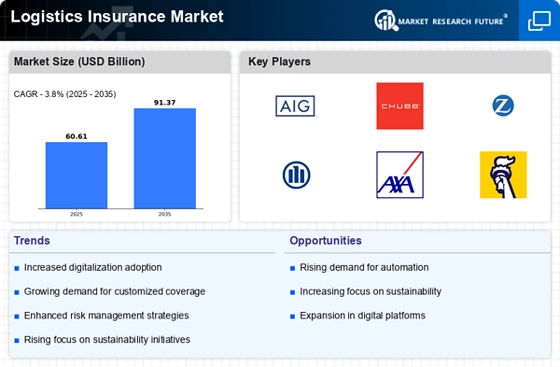
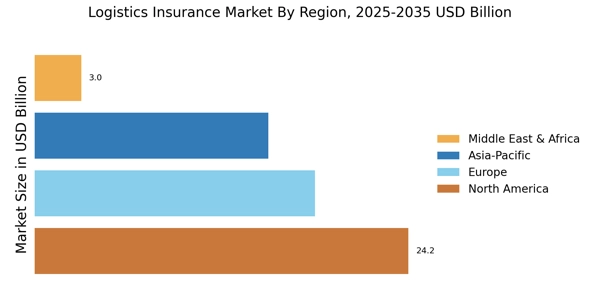

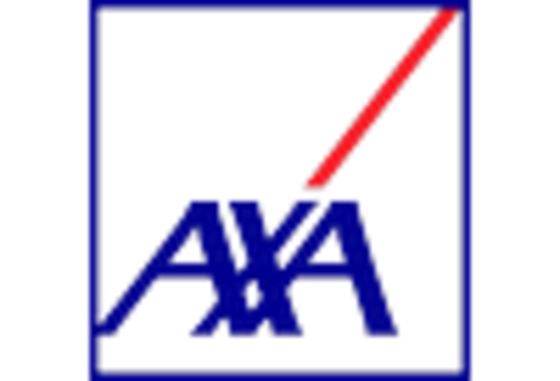

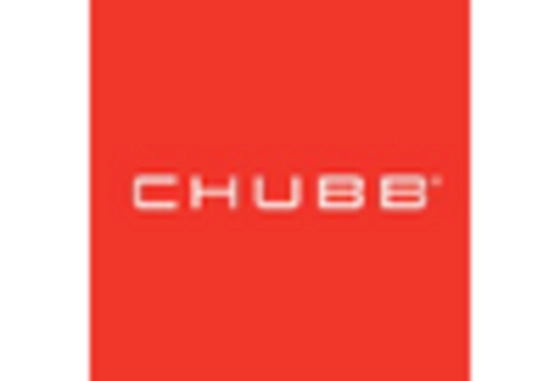

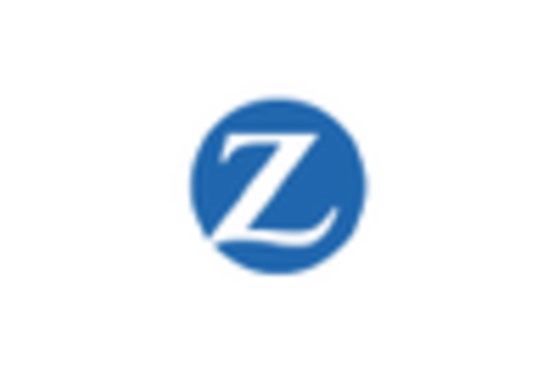








Leave a Comment